Diseases and Conditions › Eye Health › Watch Out for Glaucoma, the Thief of Sight
Early detection is key to saving vision
(
Unfortunately, there is no cure for glaucoma, and any loss of vision is permanent. But there are steps you can take to protect yourself against vision loss from glaucoma.
Anyone can have glaucoma, but some people are at higher risk. Anyone over age 60 and African Americans over age 40 are at higher risk for glaucoma. Glaucoma is three to four times more likely to occur in African Americans than in Caucasians. If you have diabetes, or if someone in your family already has glaucoma, you are also in a higher risk category.
In patients with glaucoma, the normal fluid pressure inside the eyes slowly rises, causing damage to the optic nerve and leading to vision loss -- or even blindness. As the disease progresses, a patient may notice his or her side vision gradually failing.
"Glaucoma is found most often during an eye examination through dilated pupils," said Paul A. Sieving, M.D., Ph.D., director of the National Eye Institute (NEI), one of the federal government's National Institutes of Health. According to Sieving, drops are put into the eyes during the exam to enlarge the pupils and enable the eye care professional to see more of the inside of the eye to look for any changes to the optic nerve, a sign of glaucoma.
"Studies have shown that the early detection and treatment of glaucoma, before it causes major vision loss, is the best way to control the disease," said Sieving. Treatments for open-angle glaucoma, the most common form of the disease, include medications, laser surgery, and conventional surgery. If you are eligible for Medicare and at higher risk for glaucoma, you can take advantage of a new preventive benefit that covers a dilated eye examination each year.
NEI is conducting research to determine the causes of glaucoma and to improve diagnosis and treatment. The Institute also supports clinical trials of new drugs and surgical techniques that show promise to treat glaucoma.
For more information, write to Glaucoma,
For more information on Medicare's coverage of dilated eye examinations for glaucoma, call (800)Medicare (633-4227) or visit http://www.medicare.gov.
For a referral to an eye care professional, call the
Author
The National Eye Institute is part of the National Institutes of Health and is the Federal government's lead agency for vision research. NEI-supported research leads to sight-saving treatments and plays a key role in reducing visual impairment and blindness. The NIH is an agency of the US Department of Health and Human Services.
For more information: http://www.nei.nih.gov/amd
Article Source:http://pioneerthinking.com
how does the body maintain blood pressure
maintaining blood pressure
how the body maintains blood pressure
effects of CHD
how is diabetes treated
how does the body respond to high blood pressure
introduction of diabetes mellitus
how does the heart maintain blood pressure
how does body maintain blood pressure
understanding heart rate
how is blood pressure maintained
how does the body maintain normal blood pressure
how body maintains blood pressure
how long can you live with mesothelioma
introduction to diabetes mellitus
50 ways to love your liver
otolam
what maintains blood pressure
does the heart maintain blood pressure
Compare the homeostatic mechanisms that maintain normal blood pressure and heart rate
social effects of chd
signs of unhealthy eyes
Compare the homeostatic mechanisms that maintain normal blood pressure and heart rate
how to maintain blood pressure
unhealthy eyes
mechanisms that maintain blood pressure
does the heart help maintain blood pressure
mechanisms to maintain blood pressure
how do arteries aid in maintaining blood pressure
social impacts of CHD
Physiological mechanisms to maintain normal blood pressure
maintain blood pressure
how is blood pressure maintained in the body
describe the process by which the body maintains normal blood pressure
what maintains blood pressure in body
laser treatment for ear infections
how does your body maintain blood pressure
diabetes mellitus introduction
increase resistance decrease pressure
understanding your heart rate
otolam procedure
how to save eyesight
effects of CHD on health
osa ohs
how to keep a healthy prostate
what mechanisms maintain blood pressure
how the heart maintains blood pressure
how does our body maintain blood pressure
how do cataracts occur
diabetes mellitus 101
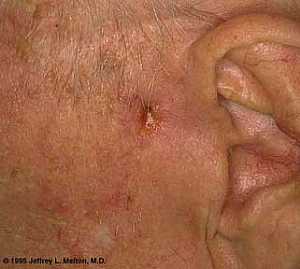 Basal Cell Carcinoma ("Rodent Ulcer" Type)
Basal Cell Carcinoma ("Rodent Ulcer" Type)
 Basal Cell Carcinoma (Histology-Morpheaform Type)
Basal Cell Carcinoma (Histology-Morpheaform Type)
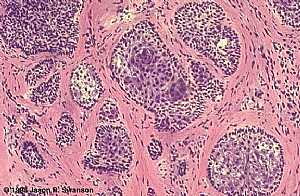 Basal Cell Carcinoma (Histology-Nodular Type - High power)
Basal Cell Carcinoma (Histology-Nodular Type - High power)
 Basal Cell Carcinoma (Histology-Nodular Type- High power)
Basal Cell Carcinoma (Histology-Nodular Type- High power)
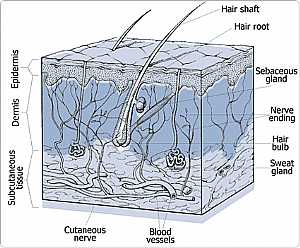 Skin
Skin
 Nervous System -- Basic
Nervous System -- Basic
 Brain anatomy
Brain anatomy
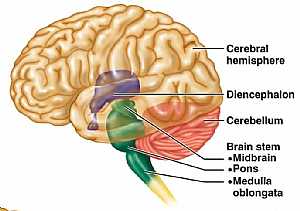 Brain anatomy
Brain anatomy
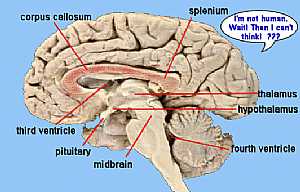 Brain anatomy
Brain anatomy
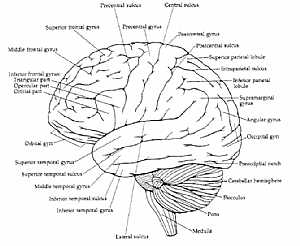 Brain anatomy
Brain anatomy
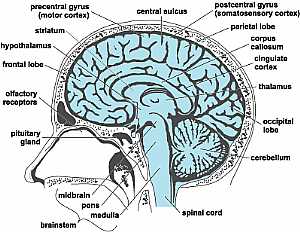 Head anatomy
Head anatomy
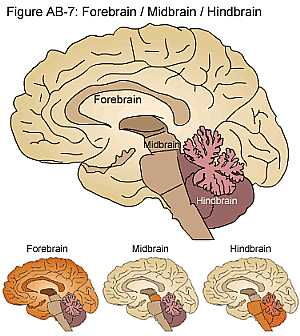 Brain anatomy
Brain anatomy
© Copyright 2001-2022 eDoctorOnline.com

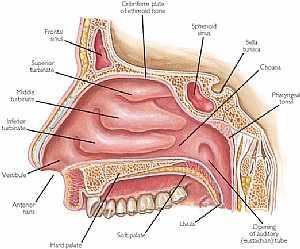 Nose anatomy
Nose anatomy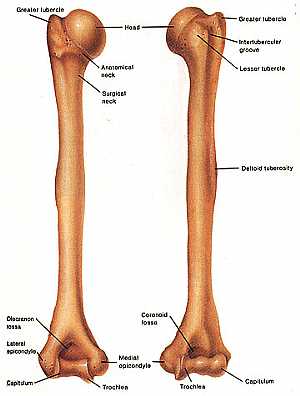 Humerus bone
Humerus bone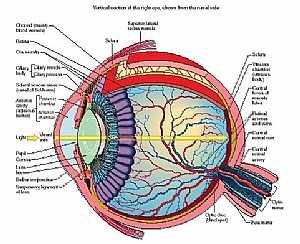 Eye anatomy
Eye anatomy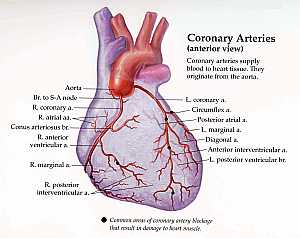 Coronary arteries anatomy
Coronary arteries anatomy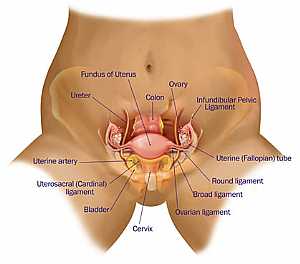 Female pelvic anatomy
Female pelvic anatomy Heart and lung anatomy
Heart and lung anatomy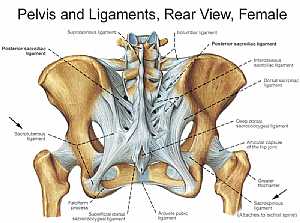 Bones and ligaments of the FEMALE Pelvis
Bones and ligaments of the FEMALE Pelvis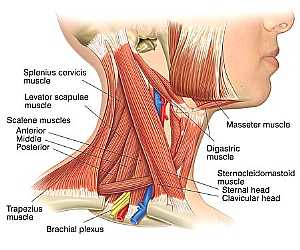 Neck Anatomy
Neck Anatomy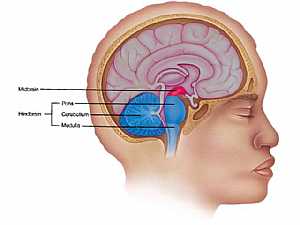 MidBrain anatomy
MidBrain anatomy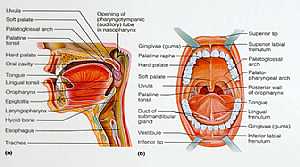 Oral Cavity
Oral Cavity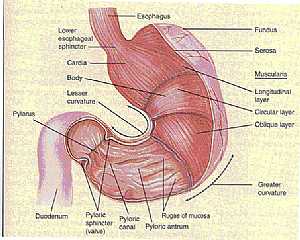 Stomach anatomy
Stomach anatomy Lung anatomy
Lung anatomy Basal Cell Carcinoma ("Rodent Ulcer" Type)
Basal Cell Carcinoma ("Rodent Ulcer" Type) Basal Cell Carcinoma (Histology-Morpheaform Type)
Basal Cell Carcinoma (Histology-Morpheaform Type) Basal Cell Carcinoma (Histology-Nodular Type - High power)
Basal Cell Carcinoma (Histology-Nodular Type - High power) Basal Cell Carcinoma (Histology-Nodular Type- High power)
Basal Cell Carcinoma (Histology-Nodular Type- High power) Skin
Skin Nervous System -- Basic
Nervous System -- Basic Brain anatomy
Brain anatomy Brain anatomy
Brain anatomy Brain anatomy
Brain anatomy Brain anatomy
Brain anatomy Head anatomy
Head anatomy Brain anatomy
Brain anatomy
Be the first one to comment on this article!